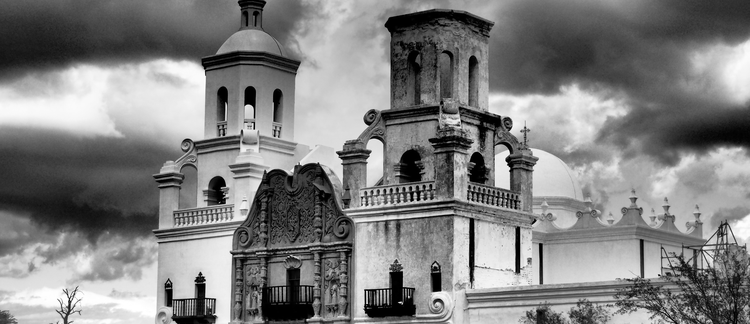Abstract
For the residents of a small region in Northwest Tuscany called Populonia, the discovery of rich iron resources in the 8th century BCE secured their place on the map of Etruria. In order to investigate how iron-working affected the environmental, political, and socio-cultural landscapes of ancient Populonia, this paper will consider the evolution of the iron industry and bridge the gap between its visible, physical effects on nature and its invisible, conceptualized changes to the community. Ancient authors attest to the relevance of Populonia on a political scale, purporting a close connection between the iron industry and Populonia’s recognition within the Mediterranean world. In the realm of intangible socio-cultural shifts, this paper looks to local grave goods and the industrial district for an explanation of the radical change in the social order. In terms of the physical landscape, this paper considers a number of scientific studies on deforestation, metal debris, and arsenic poisoning. Having mined the surface of the land, moved large deposits between coasts, and let slag pile up for centuries, the shape of the physical landscape changed dramatically because of iron production as well. Through this research, this paper concludes that the iron industry was the primary catalyst for the rise in Populonia’s political influence, the addition of new social classes, and the adaptation of the environment. Furthermore, the cyclical nature of humans’ interaction with and movement within this environment over time shows how the landscapes of civilization are sensitive and reactionary towards each other, especially in the case of iron production in Populonia.
Keywords: Etruscan, Etruria, Populonia, Iron, Metallurgy, Roman, Italy, Tyrehennian, Landscape, Environment, Society, Production
How to Cite:
Kuxhausen-DeRose, K., (2024) “Changing the Landscape of Populonia: Iron-Working in Etruria”, Footnotes: A Journal of History 6(1), 9-16.
Downloads:
Download PDF
170 Views
104 Downloads

